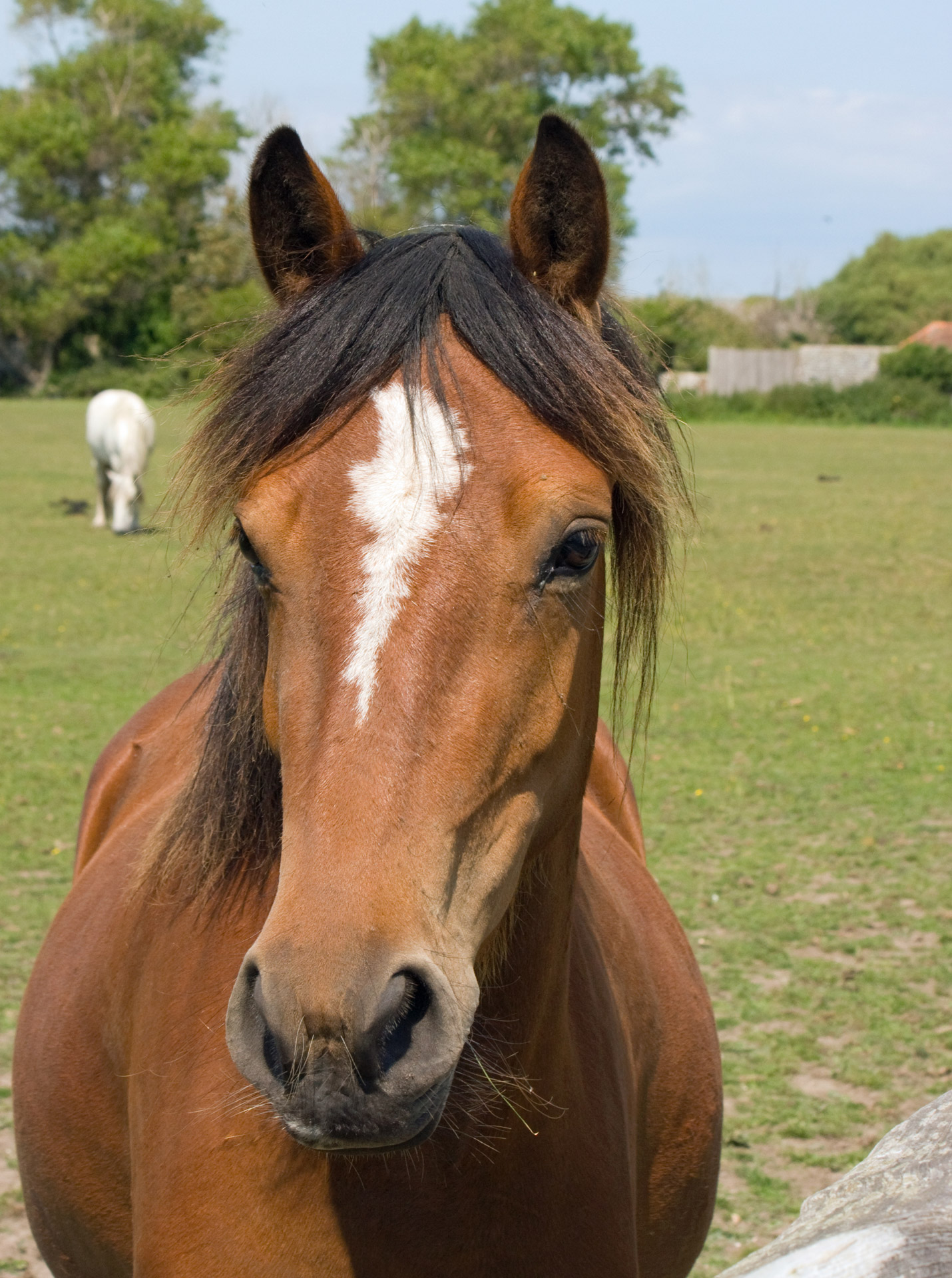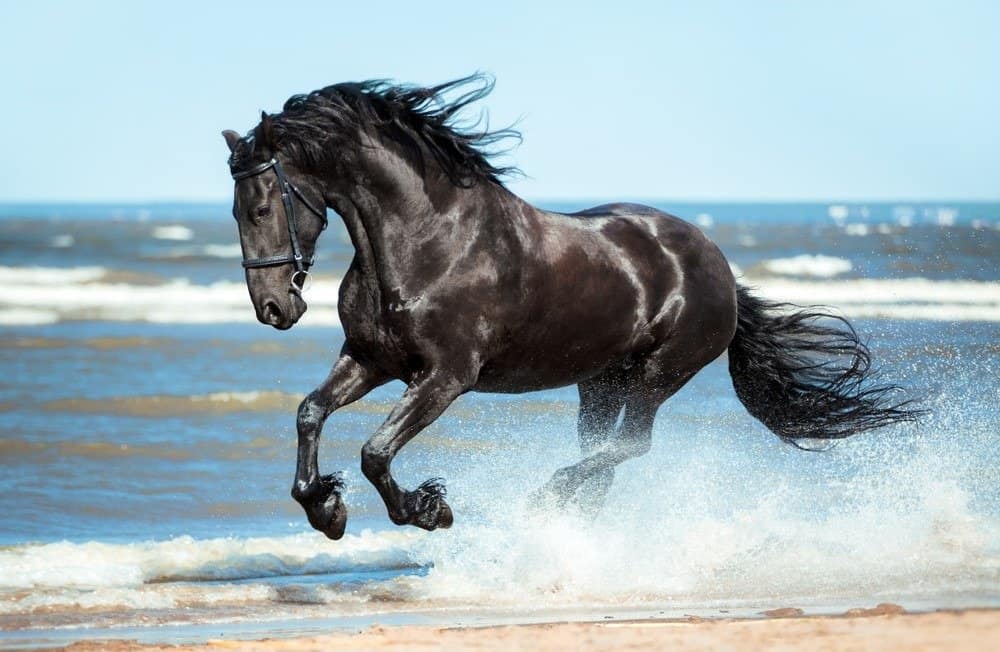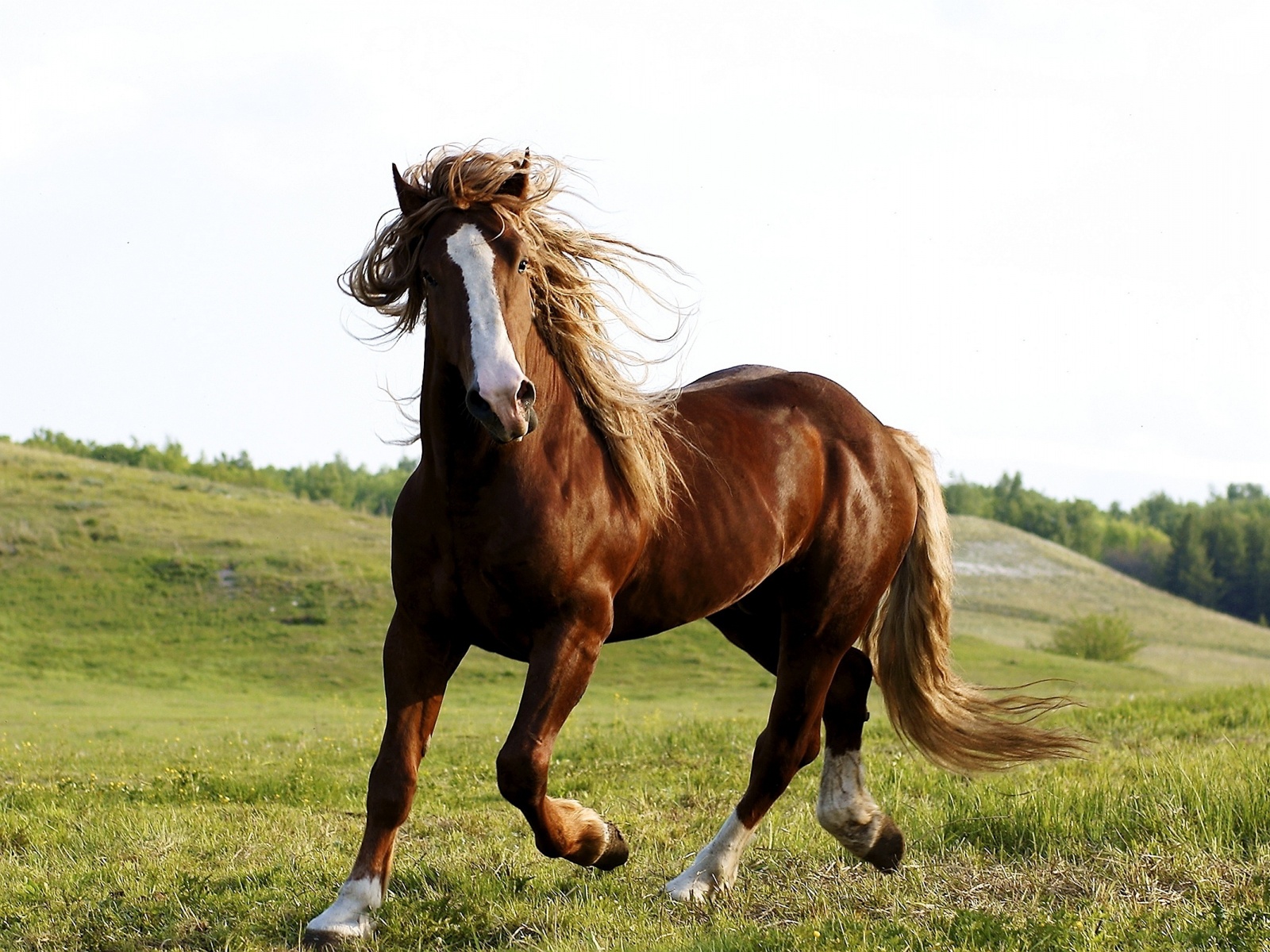For anyone who loves horses, getting to know the rhythm of their lives is quite something. It's a big part of what makes a forum community dedicated to horse owners and enthusiasts so valuable. We talk about everything, you know, from breeding to grooming, and yes, even about health and behavior. The horse mating season, sometimes called breeding season, is a really interesting time, and it has a lot to do with how horses act and what they need from us. It's a natural cycle, and understanding it can help us care for our horses better, whether we are looking to breed or just want to know why our horse might be acting a little different.
This particular period in a horse's year is, in a way, tied to the changing light of the days. Horses are what we call "long-day breeders," which simply means they respond to more daylight hours. So, when spring arrives and the days get longer, their bodies start getting ready for reproduction. This natural timing makes a lot of sense, as it means foals are typically born in the warmer months, when there is plenty of green grass and better weather for them to grow up strong. It's a really clever system that nature put in place, actually.
In this article, we are going to talk about the horse mating season in some detail. We will look at what happens with mares, what stallions tend to do, and how we can best manage our horses during this time. We will also touch on keeping them healthy and happy, and you know, just generally making sure everyone is doing well. We will also consider some common questions people often have about this time of year.
Table of Contents
- The Mare's Heat Cycle: A Closer Look
- Stallion Behavior During Mating Season
- Health Considerations for Breeding Horses
- Common Questions About Horse Mating Season
The Mare's Heat Cycle: A Closer Look
The mare's heat cycle, or estrous cycle, is a fascinating part of the horse mating season. It's how her body prepares for the possibility of having a foal. This cycle usually starts when the days get longer, typically in the spring, and it continues through the summer months, then it's almost as if it slows down as the days get shorter again. A mare's cycle usually lasts about 21 days, but this can vary a little bit from one horse to another, you know, just like people are different.
During this 21-day period, there's a shorter time when she is receptive to a stallion, which we call "estrus" or "standing heat." This part usually lasts for about five to seven days. This is the window when she is fertile and willing to breed. Understanding this timing is really important for anyone considering breeding, and it's also good to know for just generally understanding your mare's mood swings, actually.
The mare's body prepares for ovulation, which is when an egg is released, usually towards the end of her standing heat. This whole process is controlled by hormones, which are basically chemical messengers in her body. So, it's a very natural process that has been happening for thousands of years, and it's quite amazing how precisely it works, in a way.
Recognizing the Signs of Heat
Knowing when your mare is in heat can be very helpful, whether you plan to breed her or not. There are several signs you can look for, and they are usually pretty clear, you know. One of the most common signs is "winking," which is when she repeatedly contracts the vulva, exposing the clitoris. This is a very typical behavior, and it's almost like she is signaling something.
Another sign you might notice is frequent urination, sometimes with a little bit of a pinkish discharge, which is perfectly normal. She might also lift her tail more often and show a general restlessness. You might see her standing with her hind legs spread a little, almost inviting attention. These physical signs are her body's way of saying she is ready, and it's quite a strong display, really.
Behavioral changes are also a big indicator. A mare in heat might become more affectionate than usual, or sometimes, quite the opposite, a bit more irritable. She might be more vocal, calling out more often, especially if there are other horses around. When near a stallion, her behavior will be even more pronounced, showing clear interest and willingness to be bred. It's a very obvious change in their usual demeanor, you know.
Managing Mares During Their Cycle
Managing mares during their heat cycle means paying attention to their comfort and safety. Because their behavior can change, it's wise to be a little more mindful of them. If you have a mare that gets particularly moody or restless, you might consider adjusting her routine slightly. Maybe she needs a bit more turnout time to burn off some energy, or perhaps a quieter environment, you know.
For mares that become "pushy," as some opinions online describe dealing with, it's important to remember that this behavior is often hormonal. Completely restarting training might not be the answer. Sometimes, just being consistent with boundaries and perhaps using positive reinforcement can help manage these behaviors. It's about understanding the cause and reacting appropriately, rather than just seeing it as bad behavior, you know.
If you are not planning to breed, keeping mares away from stallions is, of course, very important. Even if a fence separates them, the scent and sight of a stallion can still trigger strong responses in a mare. So, managing their living arrangements during this season is a pretty big deal. It's all about preventing unwanted pregnancies and keeping everyone calm and safe, you know.
Stallion Behavior During Mating Season
Stallions also experience significant changes during the horse mating season. Their natural drive to reproduce becomes very strong, and this influences nearly all their behaviors. They become much more aware of mares, especially those in heat, and their focus shifts quite dramatically. You might notice them becoming more vocal, with frequent whinnying and nickering, and they might pace a lot, too it's almost like they are on a mission.
A stallion's physical presence also changes. They might carry themselves with more pride, showing off their strength and presence. They can become quite agitated if they sense a mare in heat nearby but cannot reach her. This heightened state is completely natural for them, as it's part of their role in the wild, you know, to find and breed with mares.
Their sense of smell, which is very powerful, plays a big part in detecting mares in heat. They can pick up on pheromones from a good distance away. This is why even if a mare is out of sight, a stallion might still react strongly to her presence. It's a primal instinct that drives a lot of their actions during this time, and it's quite a force to behold, really.
Handling Stallions Responsibly
Handling stallions during the horse mating season requires extra care and understanding. Because their instincts are so strong, they can be more challenging to manage. Safety is always the top concern for both the handler and the horse. It's wise to use strong, secure fencing for their enclosures, and to always be aware of your surroundings when working with them, you know.
When leading a stallion, it's very important to maintain control. Some people might find a stallion "pushy" during this time, but it's often their natural drive coming out. Using a sturdy halter and lead rope, and being very clear with your commands, helps a lot. It is wise to slightly face the back of the horse when leading, as my text suggests, just to be aware of their body language and to stay safe.
Training and consistent handling are key with stallions, especially as they mature. A well-trained stallion, like Poker Joe, owned by Tommie Turvey, who passed away at the ripe age of 32 years a few days ago, shows what consistent work can achieve. Even with their natural urges, good training can help them remain respectful and manageable. It's about setting clear expectations and reinforcing good behavior, you know, every single day.
Health Considerations for Breeding Horses
Health is always a big topic in any horse forum community, and it's especially important during the horse mating season. Whether you're breeding or just managing horses through this time, their physical well-being needs to be a top priority. For mares, a vet check before breeding is a good idea to make sure they are healthy and ready. This helps prevent issues later on, and it's really just a smart move, you know.
For stallions, maintaining good physical condition is also vital. A horse that is carrying a heavy beginning, perhaps a big gaited horse draft cross intended for trail riding, needs to be fit and healthy to handle the demands of breeding. Regular exercise and a balanced diet are key. Any signs of discomfort or unusual behavior, like a horse being "down" and not showing other signs of colic, should prompt a call to the vet right away. As everyone else has said, having a horse down is serious, and it's always better to be safe, you know.
Having a horse first aid kit readily available is always a good idea, as my text mentions. It's like having your medicine cabinet close by. You might keep it under the seat in the vehicle you drove, or maybe in the barn, or even in the refrigerator for certain items. Being prepared for minor issues or emergencies is just good horse care, especially during times of increased activity or stress like the mating season, you know.
Cleanliness is also very important to prevent the spread of diseases during breeding. Ensuring that all equipment is clean and that horses are in a clean environment can reduce risks. Regular vet checks and vaccinations are also a big part of keeping your breeding stock healthy. It's all about being proactive and thoughtful about their care, you know, every step of the way.
Common Questions About Horse Mating Season
Here are some questions people often ask about the horse mating season:
When does horse mating season typically begin and end?
The horse mating season, or breeding season, usually starts in the early spring, when the days get noticeably longer. This means around February or March in the Northern Hemisphere. It then continues through the summer, usually ending sometime in the fall, around September or October, as the daylight hours start to shorten again. It's tied very closely to the amount of light they get each day, you know.
How long does a mare stay in heat?
A mare typically stays in "standing heat," which is the period when she is receptive to a stallion, for about five to seven days. This is part of her larger estrous cycle, which lasts about 21 days. The exact length can vary a little bit from mare to mare, and it's also affected by things like her age, her general health, and the environment she is in, you know.
What are the most common signs a mare is ready to breed?
The most common signs that a mare is ready to breed include "winking" of the vulva, which is a very clear signal. She might also urinate more frequently, often with her tail lifted. Behaviorally, she might become more affectionate towards people or other horses, or sometimes a bit more restless. When a stallion is near, she will usually show clear interest and willingness to stand for him, you know, very obviously.
Learning about the horse mating season is a big part of truly understanding these magnificent animals. It helps us appreciate their natural rhythms and provides valuable insights into their behavior and needs. You can learn more about horse care on our site, and for deeper discussions, you might want to link to this page about breeding and behavior.
Keeping up with horse health and behavior is a continuous journey. As we've talked about, things like having a horse first aid kit ready, or knowing how to handle a "pushy" horse, are all pieces of the puzzle. It's about being prepared and understanding their world, which is a rather rewarding thing to do, you know.
Remember, every horse is a bit unique, and while there are general patterns, paying close attention to your own horse's signals is always best. It's a big part of the dare that you don't fall off, or that you can jump an obstacle without knocking the pole down, or the dare to make those tight upturns around the barrels without. It's about connection and understanding, you know, with your animal.
For more detailed information on equine reproductive health, you can visit the American Association of Equine Practitioners (AAEP) website. They have a lot of good resources there, you know, for horse owners and enthusiasts.



Detail Author:
- Name : Ms. Brandyn Torp
- Username : ryan.flatley
- Email : ruecker.nova@kihn.com
- Birthdate : 1990-10-31
- Address : 3886 Senger Drives Clementshire, MD 74917
- Phone : 984.879.4635
- Company : Strosin-Hegmann
- Job : Correspondence Clerk
- Bio : Error voluptatem rem ut quis explicabo ut. Maiores quo deserunt ab tenetur eum. Vero aliquid non non. Sunt porro quaerat fugiat laboriosam.
Socials
linkedin:
- url : https://linkedin.com/in/myrtie.romaguera
- username : myrtie.romaguera
- bio : Excepturi eveniet qui nihil rerum dolorum.
- followers : 6684
- following : 860
twitter:
- url : https://twitter.com/myrtie.romaguera
- username : myrtie.romaguera
- bio : Nihil porro et repellat molestiae. Saepe consequuntur harum dolores enim cum sit tempora et. Quae eum ut in animi ut dolor.
- followers : 1390
- following : 2308
facebook:
- url : https://facebook.com/myrtie_romaguera
- username : myrtie_romaguera
- bio : Repellat maiores commodi rerum. Nam sit fugit esse ipsam cumque velit.
- followers : 4630
- following : 2899
tiktok:
- url : https://tiktok.com/@myrtie_real
- username : myrtie_real
- bio : Est enim non et. Maiores nesciunt atque accusamus non ratione et.
- followers : 3155
- following : 1717